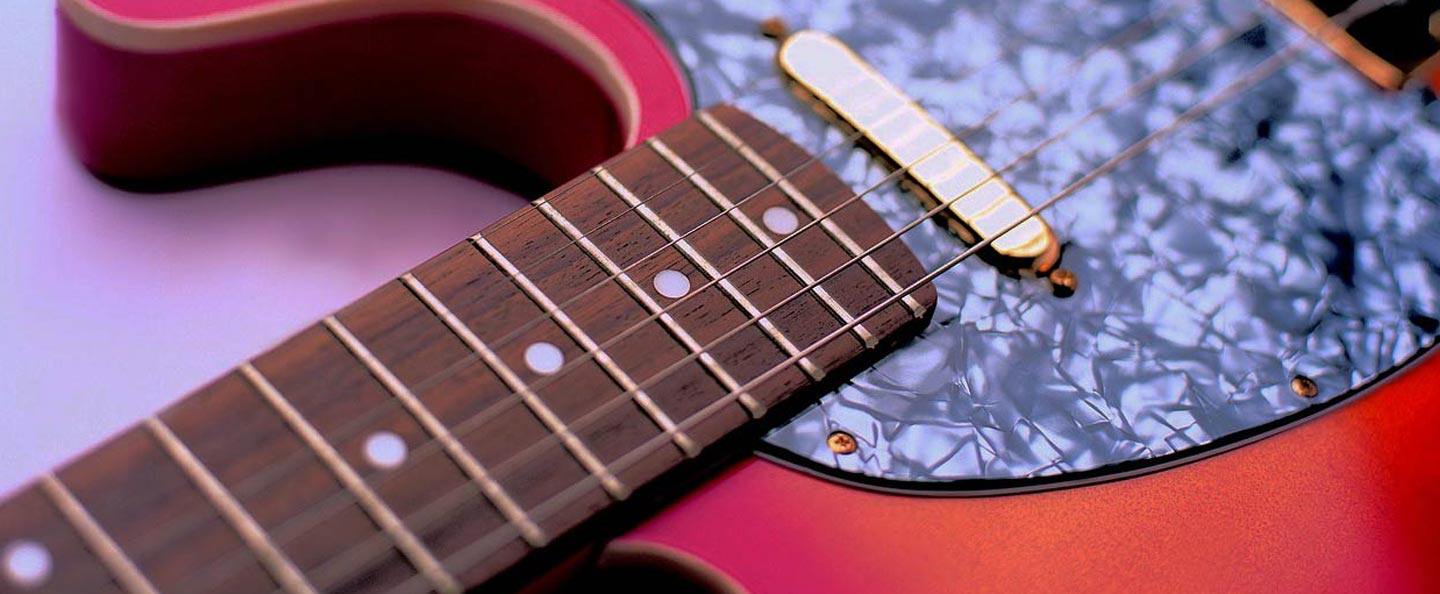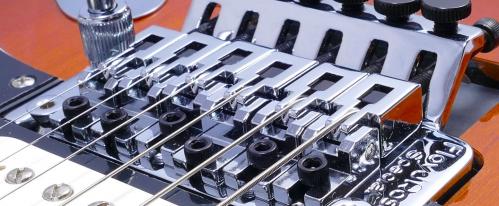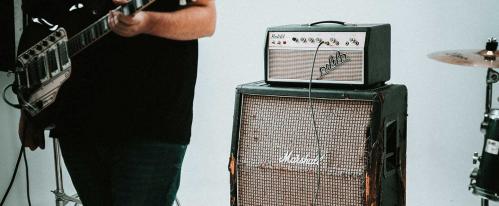What is the best guitar neck shape for you? Find out about the differences in guitar neck profiles and discover your favourite style.
Some people like slim guitar necks. Other people prefer chunky guitar necks. By weighing up the pros and cons of each we’ll help you decide on the best neck profile for you, no matter if it's as thin as an 80s Ibanez or a little more akin to a baseball bat.
Each neck style is suited more to certain styles of playing. Blues players often like to use their thumb over the top of the neck, whereas others prefer a guitar which is best for shredding up on the high notes. With that being said, there are no rules when it comes to finding the perfect type - so only by trying out a wide variety of guitars will you settle on the one for you!
It’s also important to remember that the neck profile of a guitar does not directly affect tone in the same way that the neck joint does. When trying to find the right neck for you, focus on how comfortable it is in your hands and whether it makes playing guitar feel easier to you.
In this blog we will take a look at:
- the range of different neck shapes available
- the difference in various neck profiles
- the main attributes of the most common neck shapes
C, U, or V?
The most common neck profiles can be split into 3 distinct categories:
- C Profile Neck
- U Profile Neck
- V Profile Neck
These are the styles that you’re most likely to encounter when trying out a couple of axes at your local PMT store. Although there are some neck profiles which fall outside of these categories, the C, U, and V shapes have been tried-and-tested and are certain to offer you a high-level of versatility and playability.
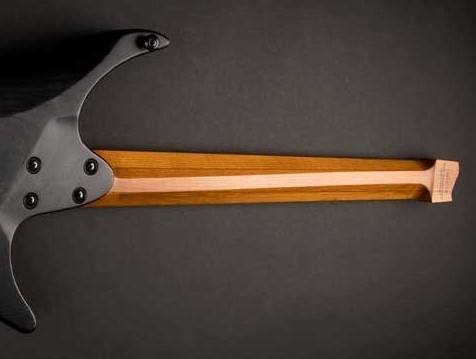
What are they?
The neck shapes are named based on the shape of their cross-section resembling the letters. The modern-C shaped neck by Fender is described as a ‘flat oval’, and the C neck profile is the most common guitar neck shape available due to its comfort and suitability across genres. C-shapes tend to be much shallower than U and V-shaped necks, with a broader shoulder on the U and a steeper angle on the V.
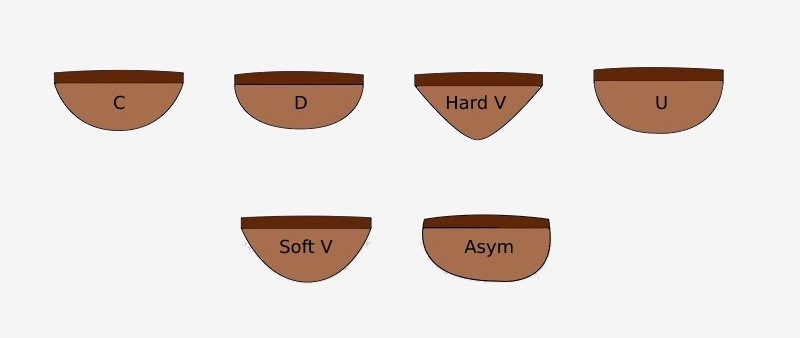
Pros and Cons?
Each neck is completely individual, but there are certain advantages offered by each of the different profiles.
C Neck Profile
The C-shaped neck is the most popular for a reason - it does it all, and it does it well. This neck is renowned for its comfort and versatility across genres, no matter if it’s jazz or metal. The Fender ‘Modern C’ can be found on guitars such as the Player Stratocaster MN or the Player Jazzmaster HH, and Gibson uses variations of the C-shape on the SG '61 and the Epiphone Gold Glory.
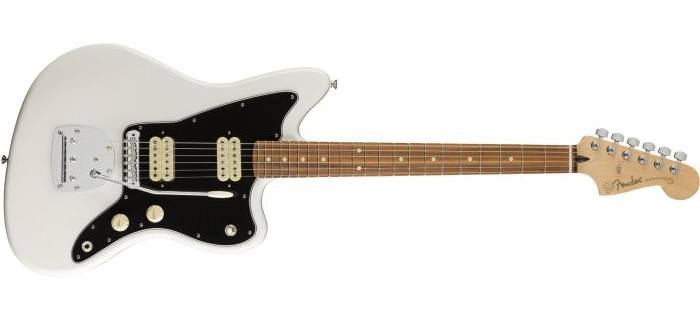
V Neck Profile
Usually referred to as a ‘Soft V’ or a ‘Hard V’, this refers to how steep or rounded the neck profile is. This shape is great for anchoring your hand behind when shredding. A ‘Soft V’ neck can be found on some Fender 50’s styles, and V profile necks are often used on classical instruments too.
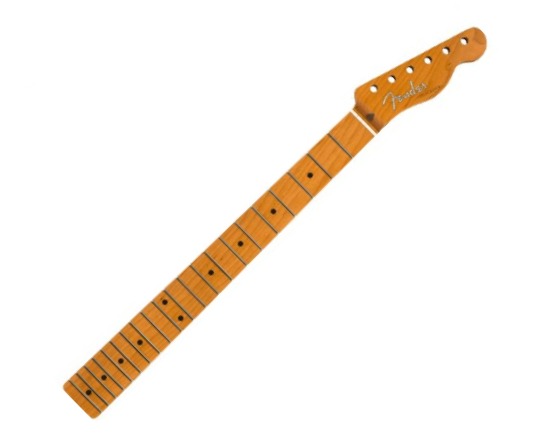
U Neck Profile
When people talk about a thick ‘baseball bat’ vintage guitar neck, they’re probably referring to a U-shaped neck. These necks often suit players with large hands who like to have a chunkier piece of wood behind their fretboard. They can be found on 50s style Les Pauls , as well as 50s-inspired Telecasters and the vintage-styled Gretsch Streamliner G2622T-P90.
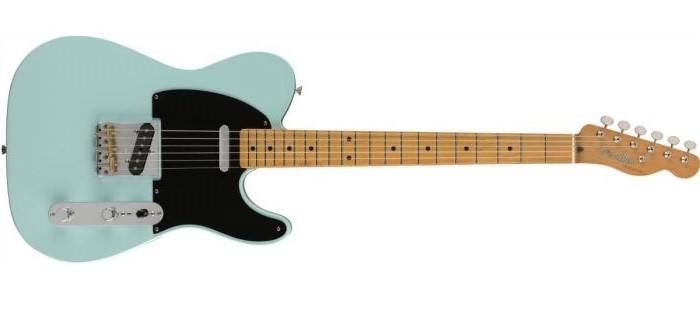
D Shapes?
Somewhere in between the C and U neck profile is the D-shaped neck. This is still a shallow neck in the same way that a C profile is, however it has a larger shoulder similar to the U shape. These are less common but might suit certain players, which is why it's so important to try out a range of guitars. Here at PMT we have a huge selection of guitars and a team of experts waiting to answer any questions you might have about them, so come and try out a few different profiles to make sure you get the right one!
Asymmetrical Necks
A feature usually found on specialist instruments, some people argue that an asymmetrical neck better fits the way the hand holds on to the guitar. Asymmetrical guitar necks shift the centre of the curve away from the middle of the guitar neck across its length.
Usually this results in a larger neck area down at the high-end of the high frets whilst retaining a solid surface on the lowest notes, although some asymmetrical necks are designed the opposite way. The idea is to make playing as comfortable as possible across the entire range of the instrument, and many musicians favour these necks above standard profiles.
This Sterling by Music Man S.U.B Axis features an asymmetrical neck for the budget-conscious player.
Try Something New
A good way to improve at playing in different styles on guitar is to practice on various necks. If you usually play on a big 50s-style U neck profile, you might find that the best way to improve your shredding is by practicing on a V-shaped neck where it is easier to keep your thumb behind the back of the guitar. Likewise, you might find playing blues riffs that utilise your thumb much too difficult on a ‘Hard’ V-shaped neck, but you are able to improve by practicing on a shallower modern-C neck.
Electric guitars come in all shapes and sizes, and it’s not always the case that people with smaller hands will prefer a thin neck over a fat neck. Modern guitars are versatile and offer consistently high levels of playability, but getting a feel for other shapes will allow you to become a more complete musician and play in various styles.
The truth is, there is no real ‘best neck shape’ - only the guitar that fits you best. Come along to your local PMT and try out some different neck profiles from our stunning selection of the best guitars in the world, or call us on 0151 448 2089 to speak to one of our Guitar Experts about your needs.

